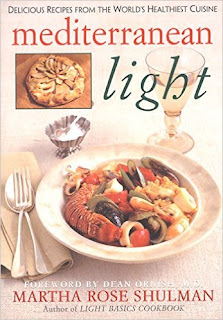The title pretty much says it all; the book tells us about
100 vegetables, what they taste like, where they are from, and how they are
prepared. What the title doesn’t tell us is that these vegetables are special;
they are some of the tastiest plants on the planet. Consider golden corn salad
from Italy, whose large leaves make a salad beautiful; or the Petaluma Gold
Rush bean, which when used dried keeps a marvelous meaty taste and texture. The
Re Umberto tomato is a paste tomato that is incredibly productive and has an
unmatched flavor. Some plants are included mainly because they are different
and pretty, but most are included because of flavor. Being both gardener and
foodie, I found myself looking up seed sources and bookmarking them numerous
times while reading.
The prose is chatty and an easy, fast read. Nice line
drawings illustrate the veggies. My only problem with the book is that an awful
lot of these wonderful plants won’t grow in my short season area!
<iframe style="width:120px;height:240px;" marginwidth="0" marginheight="0" scrolling="no" frameborder="0" src="//ws-na.amazon-adsystem.com/widgets/q?ServiceVersion=20070822&OneJS=1&Operation=GetAdHtml&MarketPlace=US&source=ac&ref=tf_til&ad_type=product_link&tracking_id=mancatman-20&marketplace=amazon®ion=US&placement=1565122380&asins=1565122380&linkId=bea08b54f492c981875664b2961d0e2e&show_border=false&link_opens_in_new_window=false&price_color=333333&title_color=0066c0&bg_color=ffffff">
</iframe>
The above is an affiliate link. If you click through and buy something- anything- from Amazon, they will give me a few cents.
This in no way influenced my review.









